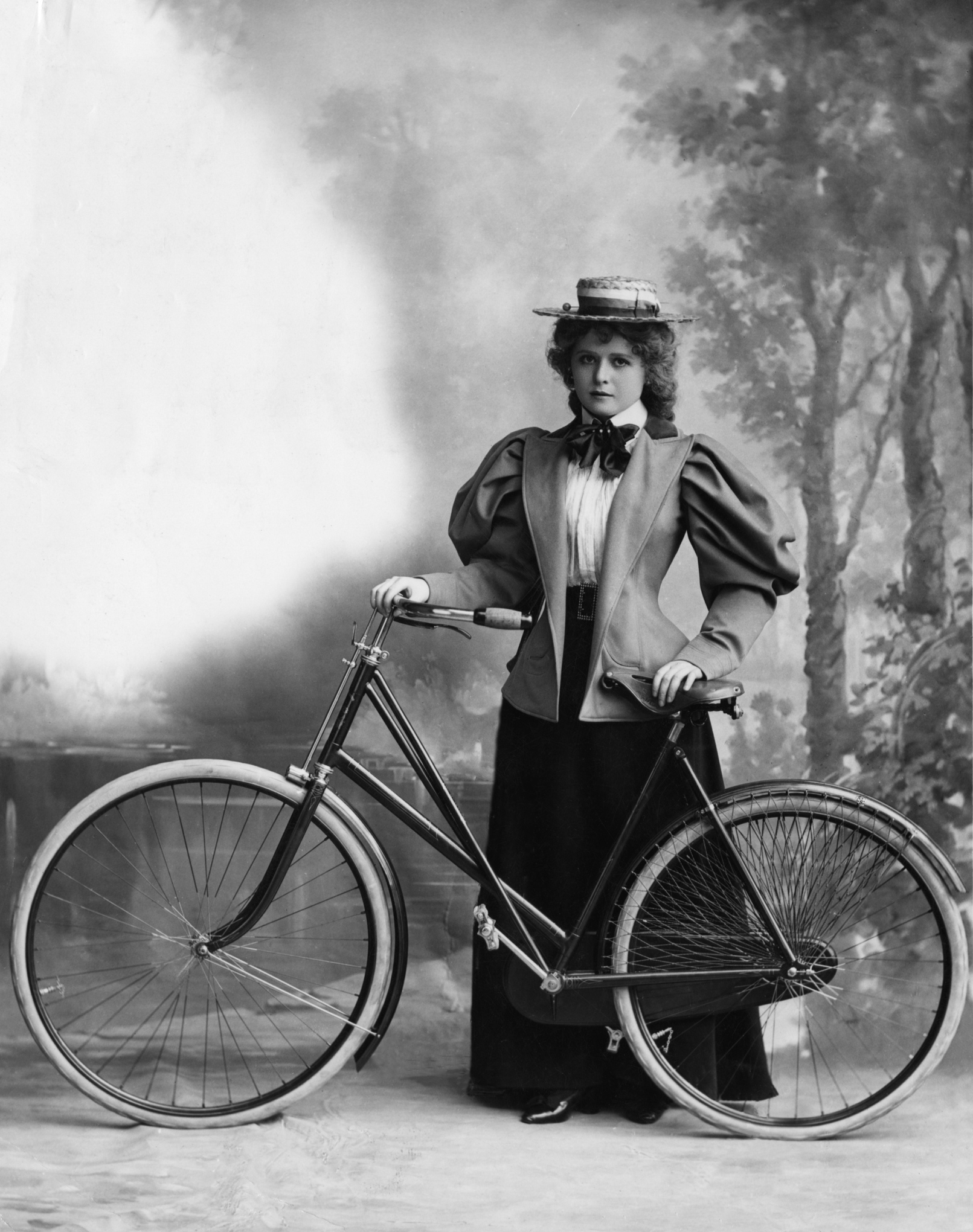|
Sleeve (other)
A sleeve is the part of a garment that covers the arm, or through which the arm passes or slips. Sleeve may also refer to: * Arm coverings: ** A basketball sleeve, an accessory worn by basketball players ** A sleeve tattoo, a tattoo arrangement that covers most or all of a person's arm * Cylindrical mechanical protective liners: ** A sleeve (construction), used by electricians and plumbers to create an opening in cast concrete to permit the passage of a wires or pipes ** A Cylinder (engine)#Cylinder sleeving, cylinder sleeve lining the bore of a piston engine ** A sleeve valve, a type of valve mechanism for piston engines ** A Plain bearing#Bushing, sleeve bearing to hold a rotating shaft ** Generally, any wikt:tube, tube into which another tube is inserted; in the case of small tubes it is called a thimble * Other protective covers: ** A record sleeve, the outer covering of a vinyl record ** A card sleeve used to protect trading cards from damage during play ** A beer sleeve or k ... [...More Info...] [...Related Items...] OR: [Wikipedia] [Google] [Baidu] |
Sleeve
A sleeve ( ang, slīef, a word allied to '' slip'', cf. Dutch ) is the part of a garment that covers the arm, or through which the arm passes or slips. The sleeve is a characteristic of fashion seen in almost every country and time period, across a myriad of styles of dress. Styles vary from close-fitting to the arm, to relatively unfitted and wide sleeves, some with extremely wide cuffs. Long, hanging sleeves have been used variously as a type of pocket, from which the phrase "to have up one's sleeve" (to have something concealed ready to produce) comes. There are many other proverbial and metaphorical expressions associated with the sleeve, such as "to wear one's heart upon one's sleeve", and "to laugh in one's sleeve". Early Western medieval sleeves were cut straight, and underarm triangle-shaped gussets were used to provide ease of movement. In the 14th century, the rounded sleeve cap was invented, allowing a more fitted sleeve to be inserted, with ease around the sleeve ... [...More Info...] [...Related Items...] OR: [Wikipedia] [Google] [Baidu] |
Basketball Sleeve
A basketball sleeve, like the wristband, is an accessory that some basketball players wear. Made out of nylon and spandex, it extends from the biceps to the wrist. It is sometimes called a shooter sleeve or an arm sleeve. Origins Allen Iverson began using a basketball sleeve during the 2000-01 season due to bursitis in his right elbow. Afterward, fans wore the sleeve as a fashion statement, and by 2008, the sleeves were the most popular non-apparel items sold by the league, according to an NBA Store spokesperson. Other players, including Ray Allen, Vince Carter, Russell Westbrook, Chris Paul, Carmelo Anthony, Dwight Howard, Paul Pierce, John Wall, Kyrie Irving, Dwyane Wade, Paul George, Kobe Bryant,Steven Kotler.. ''Psychology Today''. April 17, 2008. Retrieved on January 8, 2009. and LeBron James LeBron Raymone James Sr. (; born December 30, 1984) is an American professional basketball player for the Los Angeles Lakers of the National Basketball Association (NBA). ... [...More Info...] [...Related Items...] OR: [Wikipedia] [Google] [Baidu] |
Sleeve Tattoo
A sleeve tattoo or tattoo sleeve is a large tattoo or collection of smaller tattoos that covers most or all of a person's arm. There is a difference between an arm covered in tattoos and a sleeve tattoo: a sleeve tattoo has a unified theme, whereas an arm covered in tattoos may have many tattoos of different styles that does not have an overall unity. Tattoo sleeves will also often have overlapping or interlinking pieces. The term "sleeve" is a reference to the tattoo's size similarity in coverage to a shirt sleeve on an article of clothing. Just like for shirts, there are various sizes of sleeves. In this manner, the term is also used as a verb; for example, "being sleeved" means to have one's entire arm tattooed. The term is also sometimes used in reference to a large leg tattoo that covers a person's leg in a similar manner. The most common sleeve tattoo is a full sleeve, which covers the arm entirely in tattoos from the shoulder to the wrist. Other variations of sleeves are th ... [...More Info...] [...Related Items...] OR: [Wikipedia] [Google] [Baidu] |
Sleeve (construction)
{{inline, date=November 2020 In construction, a sleeve is used both by the electrical and mechanical trades to create a penetration in a solid wall, ceilling or floor. Purpose * For cables we provide wall/deck penetration sleeve to avoid any damage to cable from material shifting on deck. * Deck penetrations on offshore platform provided to avoid water/chemical dripping to lower deck in case of spillage. * Acts as toe guard. * For wall penetrations it can be a type of strengthening. * Together with packing it helps to protect from fire spread from one room to other. Materials Sleeves can be made of: * sections of steel pipe. * plastic. * sheet metal. * proprietary devices that are listed firestop components. Requirements * Sleeves must be sized such as to adequately allow the passage of the intended penetrant(s) plus enough room to permit the practical installation and mounting of the penetrants as well as adequate room for firestops. A general practice is to size the sleeve ... [...More Info...] [...Related Items...] OR: [Wikipedia] [Google] [Baidu] |
Cylinder (engine)
In a reciprocating engine, the cylinder is the space in which a piston travels. The inner surface of the cylinder is formed from either a thin metallic liner (also called "sleeve") or a surface coating applied to the engine block. A piston is seated inside each cylinder by several metal piston rings, which also provide seals for compression and the lubricating oil. The piston rings do not actually touch the cylinder walls, instead they ride on a thin layer of lubricating oil. Steam engines The cylinder in a steam engine is made pressure-tight with end covers and a piston; a valve distributes the steam to the ends of the cylinder. Cylinders were cast in cast iron and later in steel. The cylinder casting can include other features such as valve ports and mounting feet. Internal combustion engines The cylinder is the space through which the piston travels, propelled to the energy generated from the combustion of the air/fuel mixture in the combustion chamber. In an ai ... [...More Info...] [...Related Items...] OR: [Wikipedia] [Google] [Baidu] |
Sleeve Valve
The sleeve valve is a type of valve mechanism for piston engines, distinct from the usual poppet valve. Sleeve valve engines saw use in a number of pre-World War II luxury cars and in the United States in the Willys-Knight car and light truck. They subsequently fell from use due to advances in poppet-valve technology, including sodium cooling, and the Knight system double sleeve engine's tendency to burn a lot of lubricating oil or to seize due to lack of it. The Scottish Argyll company used its own, much simpler and more efficient, single sleeve system (Burt-McCollum) in its cars, a system which, after extensive development, saw substantial use in British aircraft engines of the 1940s, such as the Napier Sabre, Bristol Hercules, Centaurus, and the promising but never mass-produced Rolls-Royce Crecy, only to be supplanted by the jet engines. Description A sleeve valve takes the form of one or more machined sleeves. It fits between the piston and the cylinder wall in the cylind ... [...More Info...] [...Related Items...] OR: [Wikipedia] [Google] [Baidu] |
Plain Bearing
A plain bearing, or more commonly sliding contact bearing and slide bearing (in railroading sometimes called a solid bearing, journal bearing, or friction bearing), is the simplest type of bearing, comprising just a bearing surface and no rolling elements. Therefore, the journal (i.e., the part of the shaft in contact with the bearing) slides over the bearing surface. The simplest example of a plain bearing is a shaft rotating in a hole. A simple linear bearing can be a pair of flat surfaces designed to allow motion; e.g., a drawer and the slides it rests on or the ways on the bed of a lathe. Plain bearings, in general, are the least expensive type of bearing. They are also compact and lightweight, and they have a high load-carrying capacity. Design The design of a plain bearing depends on the type of motion the bearing must provide. The three types of motions possible are: * ''Journal'' (''friction'', ''radial'' or ''rotary'') ''bearing'': This is the most common type of ... [...More Info...] [...Related Items...] OR: [Wikipedia] [Google] [Baidu] |
Tube
Tube or tubes may refer to: * ''Tube'' (2003 film), a 2003 Korean film * ''The Tube'' (TV series), a music related TV series by Channel 4 in the United Kingdom * "Tubes" (Peter Dale), performer on the Soccer AM television show * Tube (band), a Japanese rock band * Tube & Berger, the alias of dance/electronica producers Arndt Rörig and Marco Vidovic from Germany * The Tube Music Network, a music video network that operated between 2006 and 2007 * The Tubes, a San Francisco-based band, popular in the 1970s and 1980s Other media * Tube, a freeware game for MS-DOS computers from Bullfrog Productions * ''TUBE.'', an online magazine about visual and performing arts, founded in 2012 in Sacramento, California * Series of tubes, an analogy for the Internet used by United States Senator Ted Stevens * Picture tube, term in Paint Shop Pro software for a small digital image with no background * YouTube, a video sharing website Science, technology, and mathematics Construction and mech ... [...More Info...] [...Related Items...] OR: [Wikipedia] [Google] [Baidu] |
Record Sleeve
A record sleeve is the outer covering of a vinyl record. Alternative terms are ''dust sleeve'', ''album liner'' and ''liner''. The term is also used to denominate the outermost cardboard covering of a record, i.e. the ''record jacket'' or ''album jacket''. The record jacket is extensively used to design and market a recording, as well as to additionally display general information on the record as artist name, titles list, title length etc. if no opening presents a readable label. The terms liner notes, ''sleeve notes'' are used to refer to this label, jacket information. Sleeves were originally printed on simple cardboard. British manufacturers Garrod and Lofthouse patented a "wrap around" sleeve design commonly seen on LPs in the 1960s. See also *Album cover *Cover art Cover art is a type of artwork presented as an illustration or photograph on the outside of a published product such as a book (often on a dust jacket), magazine, newspaper (tabloid), comic book, vide ... [...More Info...] [...Related Items...] OR: [Wikipedia] [Google] [Baidu] |
Card Sleeve
Plastic card sleeves are used to protect trading cards, game cards, and collectible card game cards from wear and tear. The sleeves are a sheath of plastic into which a card is inserted. Varieties A wide variety of protective devices have been developed following the introduction of collectible card games, including the bulky "top-loader", a rigid plastic case with one open end (essentially a box for a single card) and the less-expensive simple "card sleeve", a card-sized envelope of clear plastic, with one end open. Development Once collectible card games became popular after the advent of Magic: The Gathering, new technology was needed for two reasons. First, existing devices were not made with shuffling in mind: rigid top-loaders are effectively impossible to shuffle, and traditional card sleeves break easily during shuffling. Card sleeves also became more important because of Magic tournaments: cards that were worn were considered to be marked, and could not be used in t ... [...More Info...] [...Related Items...] OR: [Wikipedia] [Google] [Baidu] |
Koozie
A koozie ( ) ( US) or stubby holder ( Australian) is a fabric or foam sleeve that is designed to thermally insulate a beverage container, like a can or bottle. Name, origin, and trademark dispute The name "Koozie", with a capital "K", is a federally registered trademark in the United States, originally coined by Bob Autrey of San Antonio, Texas, and rights later sold to Radio Cap Corporation (RCC) as the KOOZIE in the early 1980s. The company RCC specialized in baseball caps before registering a trademark for the name KOOZIE in 1980, and subsequently introducing the product as a can cooler in 1982. As the promotional product industry grew, more products were added to the KOOZIE brand, including drinkware, more styles of can coolers, cooler bags, outdoor leisure items, travel accessories, and business accessories. The word "koozie" has also lost its trademark numerous times over the years, making it a regular everyday word in the English language, similar to words like " Ones ... [...More Info...] [...Related Items...] OR: [Wikipedia] [Google] [Baidu] |



.png)


